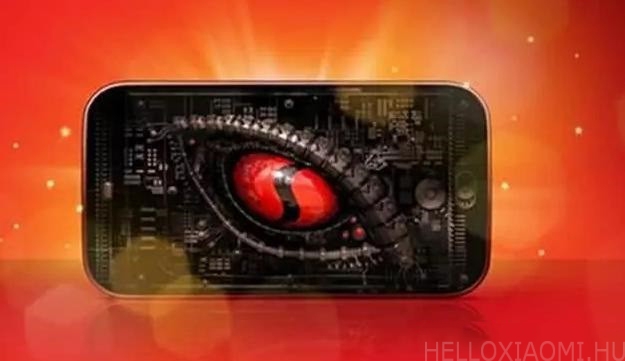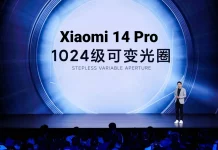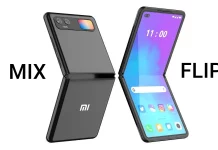2018 január elején sem maradhatunk pletykák nélkül. Így volt ez a Mi 7 egyes specifikációinak szivárogtatásáról, vagy épp a Redmi Note 5 májusi megjelenéséről. Míg a Mi 7 már biztosan jönni fog (várhatóan március végén), és tudni lehet a Qi vezeték nélküli töltés támogatását, az AI arcfeloldás – mint lehetséges alternatív biztonsági szolgáltatást – megjelenését, valamint a két méret (azaz a Plus verzió) megjelenését, addig a Redmi Note 5 neve sem biztos, és a létjogosultsága is kérdéses.

Most a Mi Note 4-ről bukkantak fel információmorzsák. 2017 őszén, a Mi MIX 2-vel egy rendezvényen bemutatott phablet megjelenése előtt több renderkép, és hardveres találgatás keringett. Aztán jött a meglepetés, és bemutattak egy a Mi 6-ra hasonlító, ám 5.5″-es kijelzővel, és gyengébb hardverrel rendelkező telefont. A túlzott árazás, és az elődhöz (Mi Note 2) képest visszafejlődés (kijelző és SoC) nem aratott osztatlan sikert. Hazánkban sem vált a rajongók kedvencévé, különösen a 800 MHz-es 4G frekvencia kihagyása miatt (igen ez a Mi széria sorsa). A Xiaomi némileg kompenzálni próbált új színváltozat bejelentésével (fehér), valamit egy olcsóbb, 4GB RAM-os verzió kiadásával. Az eddigi eladási számok nem ismertek.
 While the Mi Note 3 looked like the Mi 6 (and luckily had the same camera system), the Mi Note 4 seems to inherit the Mi 7's traits.
While the Mi Note 3 looked like the Mi 6 (and luckily had the same camera system), the Mi Note 4 seems to inherit the Mi 7's traits.
This may be exhausted in terms of design features, because in terms of hardware, it may get the successor to the Snapdragon 660 SoC that debuted in Mi Note 3, the Snapdragon 670 SoC. And the Mi 7 will get this year's top Qualcomm processor, the SD845.
In addition to the Snapdragon 670 processor, versions with 4GB / 6GB LPDDR4X RAM are available with 64/128GB fixed storage. The SD670 chip is likely to be on an updated node (10nm lp processor), with a Kryo 360 superior core and low power core consumption of Kryo, so heat generation will remain low and power consumption will be more outstanding than in the SD660 (also very well done there).
The poor success of the Mi Note 3 is best illustrated by the fact that the Mi Note 4 could be announced as early as Q2 2018, 3-4 months ahead of its predecessor's launch (11 September). In other words, it's not 12 months between model changes, but only 8-9. More information that the Mi Note 4 will support an in-display fingerprint scanner. This technology is also a question mark, as there were already rumours of Samsung phones using such technology in 2017, which ultimately did not materialise. The first swallow of this technological breakthrough could be one of Xiaomi's biggest domestic rivals, in the person of one of the Vivo X series' heroes.
If this can be achieved in a practical way, it would be a revolutionary change in both biometric identification and design.
A Samsung OLED panel alkalmazása elképzelhetetlen, még ha a 6″-es méret teljesen kitöltené az előlapot is. Felbontás akár 2560 × 1440p is lehet.

 The resolution of the vertically-positioned dual camera can reach 23MP, with 4x optical zoom.
The resolution of the vertically-positioned dual camera can reach 23MP, with 4x optical zoom.
The use of a glass back (with Qi wireless charging) is a sure bet, as is the dual autofocus camera on the front. And let's not forget AI facial recognition, which could incorporate multiple sensors, just like the iPhone X.
After the launch of the Mi 7 Plus, there can't be too many arguments in favour of the Mi Note 4. We'll know more in March, as we'll have more credible information about the Mi 7 by then or thereabouts.
Judging by the pictures, a good price tag is certainly expected. Especially the B20 version. :)























